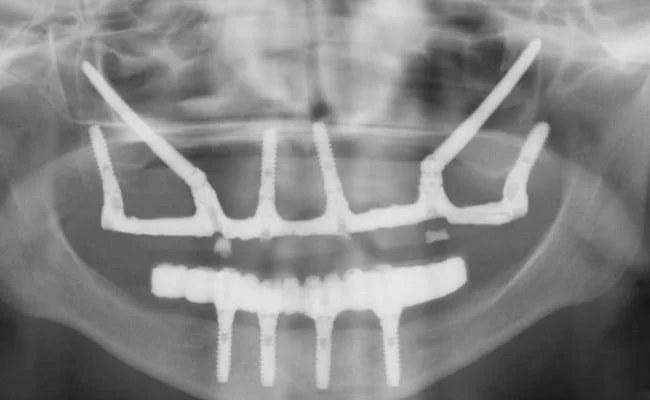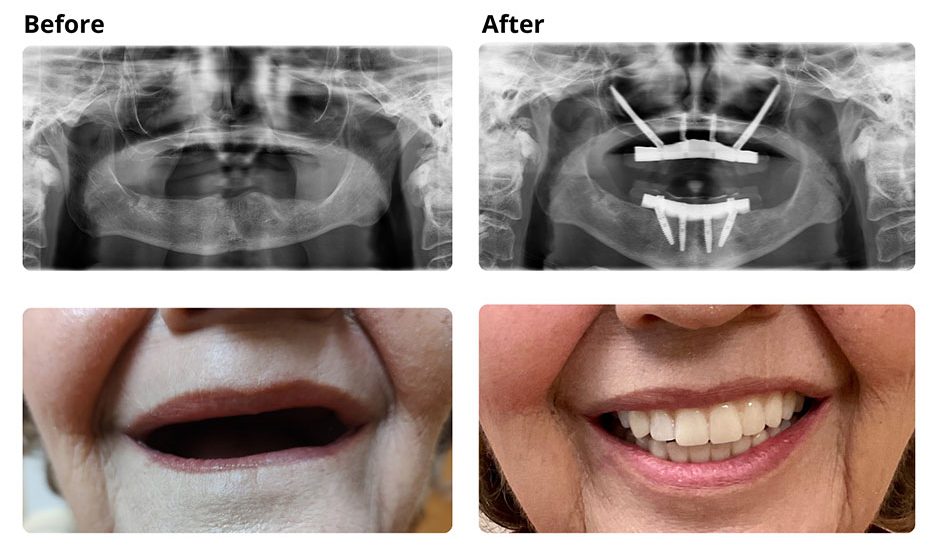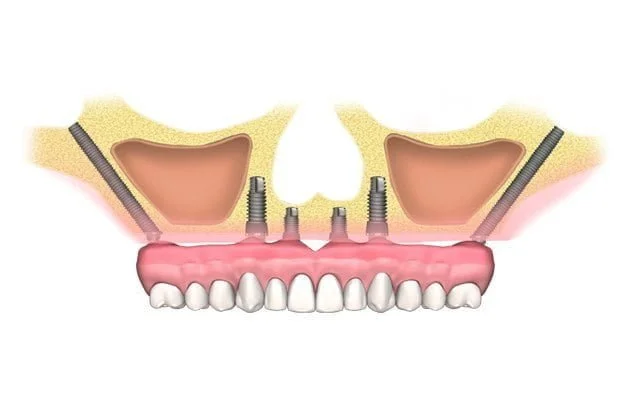Understanding Zygoma and Its Role in Dental Treatments
The zygoma, commonly referred to as the cheekbone, plays a critical role in facial structure and dental health. This essential bone, making up part of the maxilla, is a key component in various dental treatments, including zygoma implants. Understanding the zygoma, its function, and related treatments is crucial for individuals considering advanced dental procedures.
What is Zygoma?
The zygoma is a bone located in the upper and lateral part of the face, forming the prominence of the cheek. It articulates with the maxilla, sphenoid, temporal, and frontal bones. The zygoma serves as an anchor point for various muscles and contributes to the aesthetic and functional aspects of the face.


Zygoma in Dental Treatments
In the realm of dental health, the zygoma is particularly significant for those who require implants. Zygoma implants are an advanced solution for individuals with significant bone loss in the upper jaw, offering a stable foundation for dental prostheses.
Choosing the Right Zygoma Implant and Abutments
Selecting the appropriate zygoma implant and abutments is a critical decision. Factors to consider include the quality of the implant, the experience of the dental surgeon, and the specific needs of the patient’s jaw structure. Consulting with a specialized dental professional is essential for making an informed choice.
Zygoma Reduction and Its Implications
Zygoma reduction, or zygoma reduction plasty, is a cosmetic procedure aimed at reducing the prominence of the cheekbones. This procedure can also impact dental health, particularly if there is a need for implants or other maxillofacial treatments.
Fractured Zygoma: Symptoms and Management
A fractured zygoma can occur due to trauma and may lead to pain, swelling, and changes in facial symmetry. Managing a zygoma fracture typically involves medical imaging, like a periapical radiograph, to assess the extent of the injury. Treatment may include surgical intervention to realign and stabilize the bone.
Zygoma Cost Considerations
The cost of zygoma-related treatments, such as implants and reduction plasty, varies based on the complexity of the case, the geographical location, and the expertise of the dental surgeon. It’s important to discuss financial aspects with your healthcare provider to understand the full scope of the investment.
Pain and Swelling in the Zygoma
Pain and slight swelling in the zygoma bone can be indicative of various conditions, ranging from trauma to infections. Prompt consultation with a healthcare professional is advised to diagnose and treat the underlying cause.
Understanding Zygoma Pronunciation and Terminology
For those unfamiliar with medical terminology, the pronunciation of ‘zygoma’ (Zai-GOH-muh) can be tricky. Knowing the correct pronunciation aids in effective communication with healthcare professionals.

The Lateral Zygoma
The lateral zygoma refers to the outer part of the cheekbone, which is often the focus in both cosmetic and dental treatments due to its visibility and structural importance.
The Lateral Zygoma
The zygoma serves multiple purposes. It provides structural support for the face, assists in mastication by serving as an attachment point for muscles, and plays a vital role in the aesthetic appearance of the face.
Where is the Zygoma Located?
The zygoma is located on the side of the face, extending from just below the eye to the upper part of the jawbone. Its position makes it a crucial element in both dental and cosmetic procedures.
Understanding the zygoma, its functions, and related treatments is essential for anyone considering advanced dental procedures like implants or cosmetic surgeries like zygoma reduction. Consulting with experienced dental professionals, understanding the costs involved, and knowing the implications of various treatments are key steps in making informed decisions about your dental and facial health.






